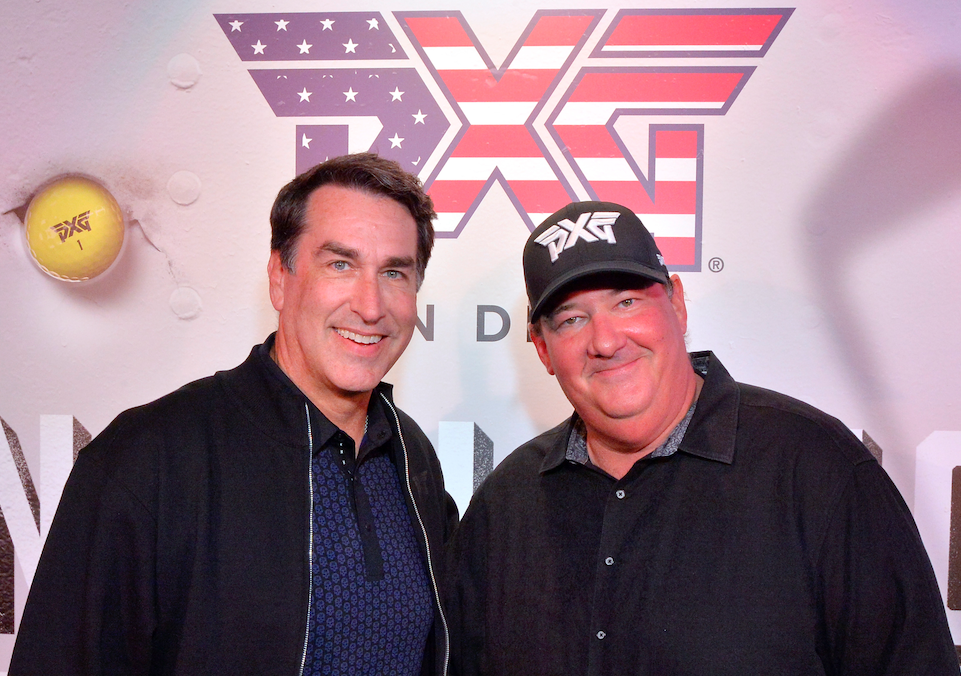
Courtesy of PXG National Staff Member, Mackenzie Tucker of Gainey Ranch Golf Club, Scottsdale, AZ.
One of my favorite things to talk about with my students is the club path and how the path affects the flight of the golf ball. I have found that once a student can understand club path, their overall understanding of the golf swing vastly improves. This results in straighter shots and more center strikes.
The One-Hand-Only Drill allows students to find an efficient club path. This drill provides both kinesthetic and visual feedback.
The following photos demonstrate how to find the most efficient club path using the lead hand only.
STEP ONE:
Grip the club with your none dominate hand only, in golf posture. The other hand can hang freely. For a right-handed player grip the club with left hand only, for a left-handed player grip the club with the right hand only.


STEP TWO:
Allow the club to swing back to a full backswing, turning the lower body as well. Try to keep the left arm fairly straight.

STEP THREE:
Let the club swing through to a full finish. Where the club ends up at this next point is very important.

STEP FOUR:
At the finish position the shaft of the club should be positioned “through your ears.”

STEP FIVE:
The next step is the recoil. From the “through your ears” position, recoil the club out to the front. At this point, the club should mirror the same angle as your spine.

This drill will expose some common club path flaws.
SWINGING OVER THE TOP:
Going back to step four: shown below are images of swings that are “over the top” or “above the plane.” Starting at the top of the backswing the club travels out to in. Upon follow through, the club is extended away from the body and out to the left. This generally results in poor balance, a pulled shot or a slice.


SWINGING TOO FAR UNDERNEATH:
Going back to step four: shown below are images of swinging “inside” or “below the plane.” Starting at the top of the backswing the club travels in to out. Upon the follow through, the club is positioned down the spine or vertical, rather than through the ears. This generally results in a block or hooked shot.


Practicing this drill during a warm-up will help with positive muscle memory, providing students with a great feeling and visual feedback of where their club is traveling throughout the golf swing. If a student is struggling with a common club path fault, this is an effective drill to get them back on the right track.


